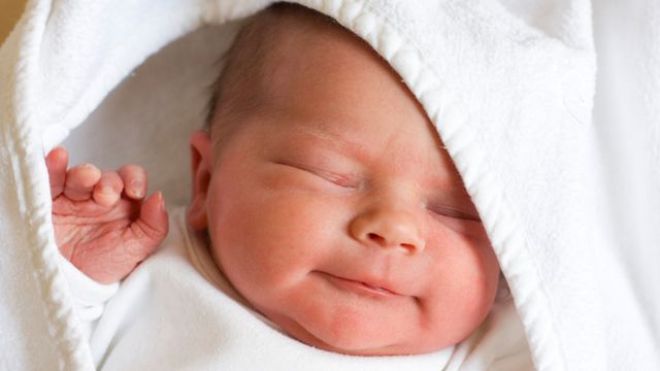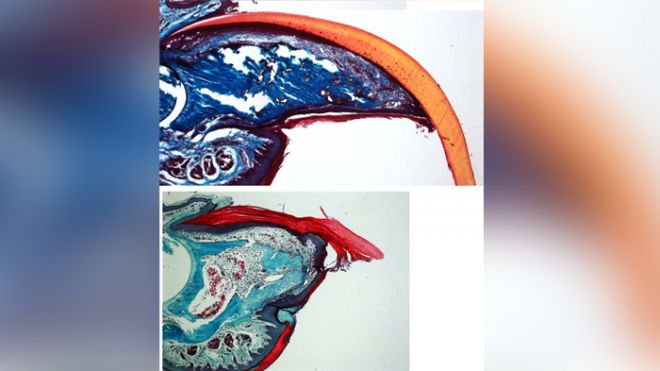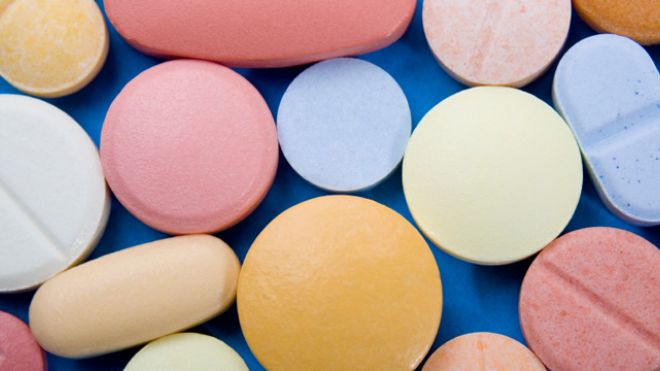Giving birth at home looks safe, study finds
Among women with low-risk pregnancies, those who plan to give birth at home may face less of a risk from dangerous complications than women who plan a hospital birth, a new Dutch study suggests. For women in the study who had a low risk of complications and had given birth at least once previously, 1 in 1,000 home births resulted in severe problems, such as admission to an intensive care unit or requiring heavy blood transfusion. The rate of such complications for planned hospital births was 2.3 in 1,000 births. Home births also had a lower risk of certain less severe complications, such as bleeding after birth, and the need to remove the placenta manually. The rate of bleeding, or postpartum hemorrhage, was 19.6 in 1,000 for a planned home birth, compared with 37.6 in 1,000 for a planned hospital birth. The safety of giving birth at home versus the hospital is a topic of debate. While some worry that in case of an emergency, the time needed to transport a woman or baby from home to a hospital might worsen the problems, others have questioned whether it is wise to routinely recommend hospital births for low-risk women, where they could receive medical interventions they don't need that have potentially harmful effects. The new study sought to compare the rate of serious complications in home and hospital births in a large group of low-risk women in the Netherlands, a country that has one of the highest percentages of home births among Western countries. The researchers identified more than 146,000 low-risk pregnant women. Among these women, 92,333 (63 percent) had planned to give birth at home, and 54,419 (37 percent) were planning a hospital birth. The researchers found that the risk of complications was small in both groups, and there was no evidence that home birth would lead to an increased risk of severe complications.The difference between the groups was significant only in women who had given birth before. The results held when the researchers accounted for factors that can raise the risk of birth complications, such as the mother's age and ethnicity, as well as C-sections and augmentation of labor. The researchers noted that it is possible that women who previously had a relatively difficult birth may have been more likely to plan a hospital birth next time, even if there was no official medical indication. These findings likely only apply to areas where midwives are well trained to help women at home births, and where facilities for transportation in case of emergencies are adequate, the researchers said. The fact that the study did not find higher rates of severe complications among planned home births should not lead to complacency, the researchers said. “Every avoidable adverse maternal outcome is one too many,” they said. Copyright 2013 LiveScience, a TechMediaNetwork company. All rights reserved. This material may not be published, broadcast, rewritten or redistributed.source : http://www.foxnews.com/health/2013/06/13/giving-birth-at-home-looks-safe-study-finds/







